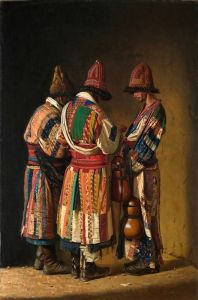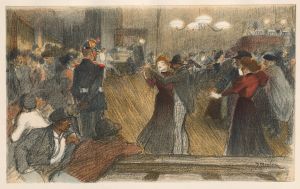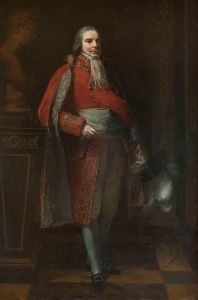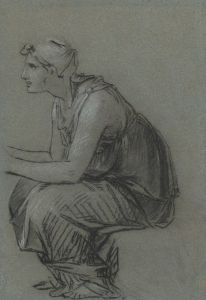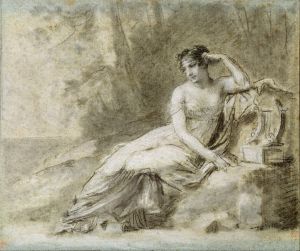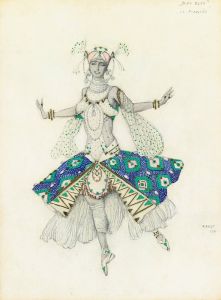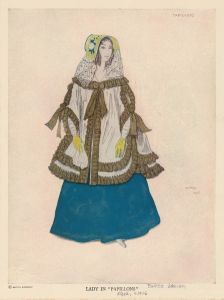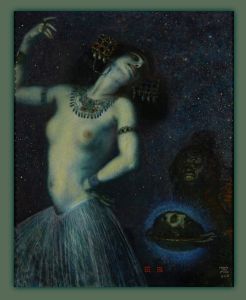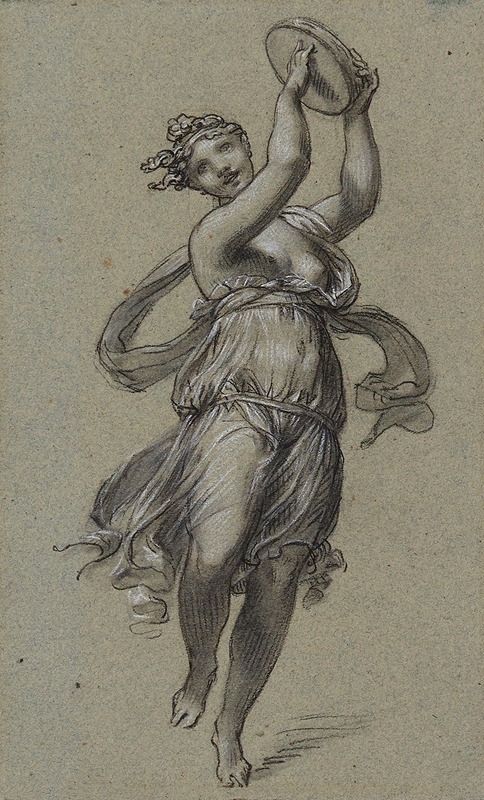
Danseuse au tambourin
A hand-painted replica of Pierre-Paul Prud'hon’s masterpiece Danseuse au tambourin, meticulously crafted by professional artists to capture the true essence of the original. Each piece is created with museum-quality canvas and rare mineral pigments, carefully painted by experienced artists with delicate brushstrokes and rich, layered colors to perfectly recreate the texture of the original artwork. Unlike machine-printed reproductions, this hand-painted version brings the painting to life, infused with the artist’s emotions and skill in every stroke. Whether for personal collection or home decoration, it instantly elevates the artistic atmosphere of any space.
Pierre-Paul Prud'hon was a French Romantic painter and draughtsman, renowned for his graceful and emotive style that often depicted mythological and allegorical subjects. One of his notable works is "Danseuse au tambourin" (Dancer with a Tambourine), which exemplifies his skill in capturing movement and emotion through delicate brushwork and a refined palette.
Prud'hon was born on April 4, 1758, in Cluny, France. He studied in Dijon and later in Paris, where he was influenced by the neoclassical style that dominated the art scene at the time. However, Prud'hon's work often diverged from strict neoclassicism, incorporating softer lines and a more romantic sensibility. This approach set him apart from his contemporaries and earned him a unique place in the transition between the neoclassical and romantic movements.
"Danseuse au tambourin" is a testament to Prud'hon's ability to blend classical themes with a romantic flair. The painting depicts a female dancer, poised and graceful, holding a tambourine. The figure is captured in mid-motion, suggesting a sense of rhythm and vitality. Prud'hon's use of light and shadow adds depth to the composition, highlighting the dancer's form and the delicate folds of her attire. The background is often kept minimal, ensuring that the viewer's focus remains on the dancer herself.
Prud'hon's technique in this painting reflects his mastery of chiaroscuro, a method of using strong contrasts between light and dark to achieve a sense of volume and three-dimensionality. This technique was particularly effective in conveying the dancer's dynamic pose and the fluidity of her movements. The soft, almost ethereal quality of the painting is characteristic of Prud'hon's style, which often emphasized grace and elegance over rigid formality.
Throughout his career, Prud'hon received numerous commissions from prominent figures, including Napoleon Bonaparte and Empress Joséphine. His ability to capture the human form with sensitivity and emotion made him a sought-after portraitist and illustrator. Despite his success, Prud'hon's life was marked by personal struggles, including a tumultuous marriage and periods of financial difficulty. These challenges, however, did not diminish his artistic output or his influence on future generations of artists.
"Danseuse au tambourin" remains an important work within Prud'hon's oeuvre, showcasing his distinctive approach to composition and his ability to convey movement and emotion. The painting is a reflection of his broader artistic philosophy, which sought to balance classical ideals with a more personal and emotive expression. Today, Prud'hon's works are celebrated for their beauty and technical skill, and "Danseuse au tambourin" continues to be admired for its elegance and timeless appeal.
Prud'hon's legacy endures through his contributions to the Romantic movement and his influence on subsequent artists who sought to capture the complexity of human emotion and the beauty of the natural world. His paintings, including "Danseuse au tambourin," remain significant in the study of art history, offering insight into the transitional period between neoclassicism and romanticism in French art.





